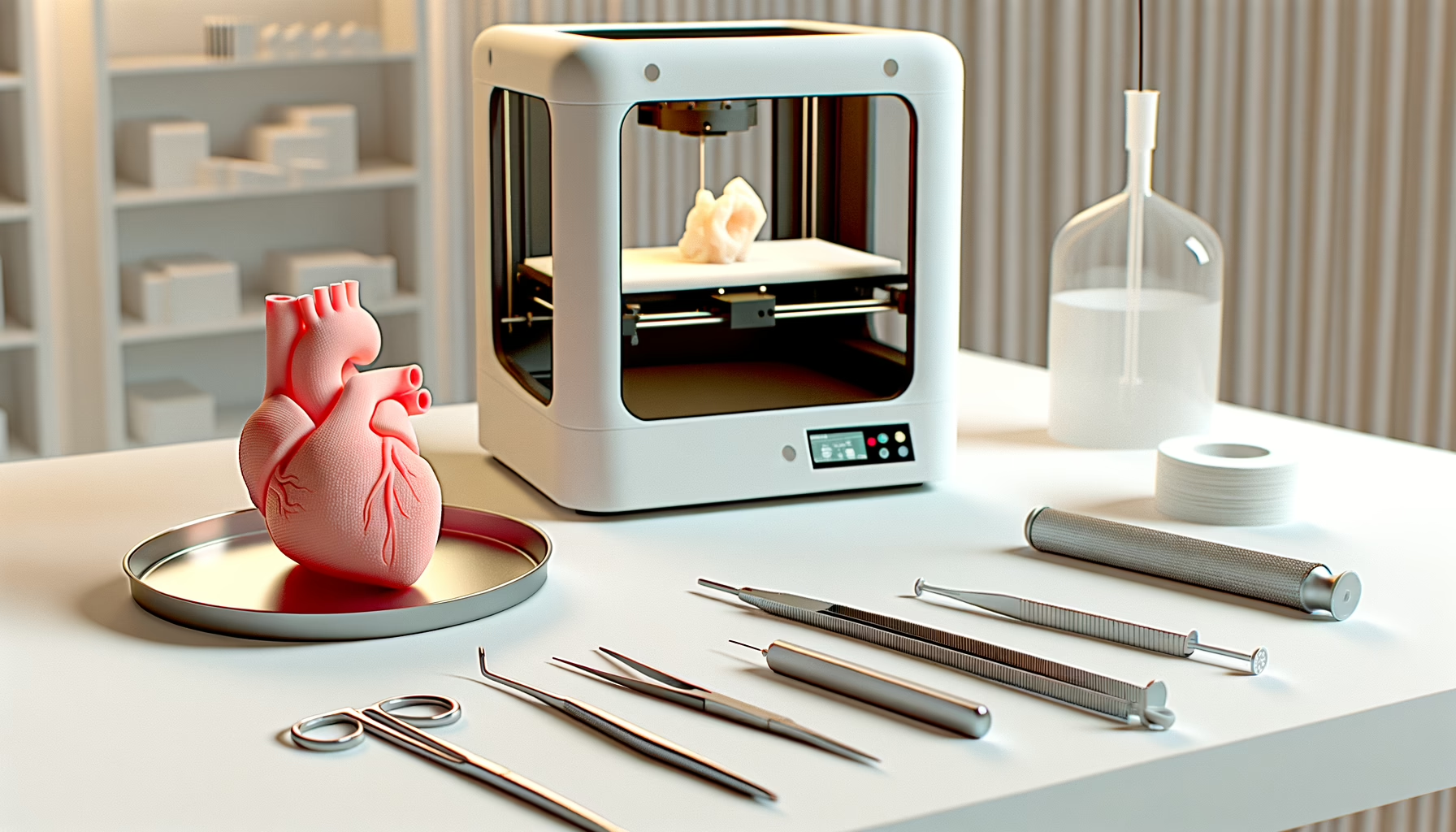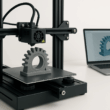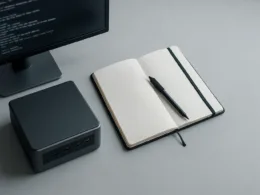Have you ever considered the implications of personalised medicine? We often hear about how technology is improving patient outcomes, but in the surgical theatre, the advancements are becoming increasingly tangible. 3D printing is revolutionising how surgeries are planned and executed, particularly in pediatrics where the stakes are high and every detail counts.
This isn’t just a trend; it matters significantly in the way we approach surgical care for children. Standard surgical tools and techniques can fall short when it comes to negotiating the unique anatomical challenges presented by young patients. 3D printing provides the opportunity to create bespoke surgical guides and implants, tailored to each child’s specific requirements, thus enhancing both precision and efficiency.
3D Printing in Surgical Planning
3D printing technology is changing the landscape of surgical planning in a profound way. According to a systematic review analysing several studies, the integration of 3D printing techniques in preoperative planning for paediatric surgeries has several clear advantages. Notably, these practices have been associated with significant reductions in operating times, intraoperative blood loss, and even fluoroscopy exposure when compared to traditional approaches.
With the ability to produce patient-specific models and guides, surgeons can visualise the exact anatomy they will encounter during procedures. This not only allows for more meticulous planning but also enhances the educational experience for surgical trainees.
Case Example: The Insights from Collaboration
The collaboration between Children’s Nebraska and UK-based Insight Surgery serves as a compelling example of the practical application of this technology. They have successfully integrated 3D printing into surgical practices, resulting in the rapid production of tailored surgical guides and implants. This partnership has demonstrated how reactive surgery can evolve from a process that took weeks down to mere days, allowing for prompt interventions when necessary.
Their achievements include successfully navigating complex cases, such as a sarcoma surgery that relied on custom-designed guides. Insight Surgery has also made strides in expanding its capabilities by gaining FDA clearance for its 3D printed orthopedic surgical guides, reflecting the efficacy of these solutions beyond just the UK.
Concrete Improvements in Patient Outcomes
3D printing does not merely streamline processes; it has been shown to enhance surgical outcomes significantly. Research indicates that the use of custom 3D printed devices results in lower complication rates during surgery, though it’s worth noting that statistical significance is not always consistently observed across various studies. Nonetheless, the trend points towards a more effective surgical process that clearly benefits patients.
A better-fitting implant or guide can mean the difference between a successful operation and one fraught with complications. In paediatrics, where patient anatomies can diverge significantly from adult standards, this technology becomes all the more critical.
Myths and Misunderstandings
Despite the evident advantages, there are still some myths surrounding 3D printing in surgery that need addressing:
- 3D printing is too costly: While initial investments may be high, the cost savings in terms of reduced operative times and complications often justify the outlay.
- It’s just a fad: The adoption rates and ongoing research demonstrate that this is a sustainable practice set to grow.
- All surgical implants can be 3D printed: Although many can, not every procedure currently employs 3D printing; its application can depend on the specific needs and conditions of the surgery.
- Quality is compromised for speed: Regulatory approvals, such as those from the FDA, signal that printed devices undergo rigorous quality checks.
- 3D printing does not offer significant benefits: Cited studies, like the comprehensive analysis of 14 relevant pieces of research involving over 400 patients, dispute this claim by highlighting reductions in variability and improvement in outcomes.
Troubleshooting and Future Directions
While the advantages are clear, practitioners must also navigate some challenges as this technology becomes entrenched in standard practices. Issues such as ensuring regulatory compliance, sourcing appropriate materials that are safe for use in surgical settings, and training professionals to use this emerging technology effectively are all pertinent.
The Royal College of Surgeons, for instance, is keen on integrating such technologies into their training programs, highlighting the need for education alongside innovation. Richard Kerr from the College emphasises that technology should be implemented thoughtfully, aiming for patient benefit while remaining cost-effective — a sentiment that should guide future advancements.
Final Thoughts
The conversation around personalised surgery through 3D printing is gaining momentum, and it’s easy to see why. As we continue to comprehend the needs of various patient demographics, especially children, the integration of such bespoke solutions becomes not just beneficial, but essential.
Embracing these changes isn’t merely about adopting new technology; it’s about profoundly reshaping how we think about and deliver surgical interventions in a way that actively considers individual needs. As we advance, keeping a clear focus on what matters — the patients — will be the key to navigating this new frontier in surgical care.








